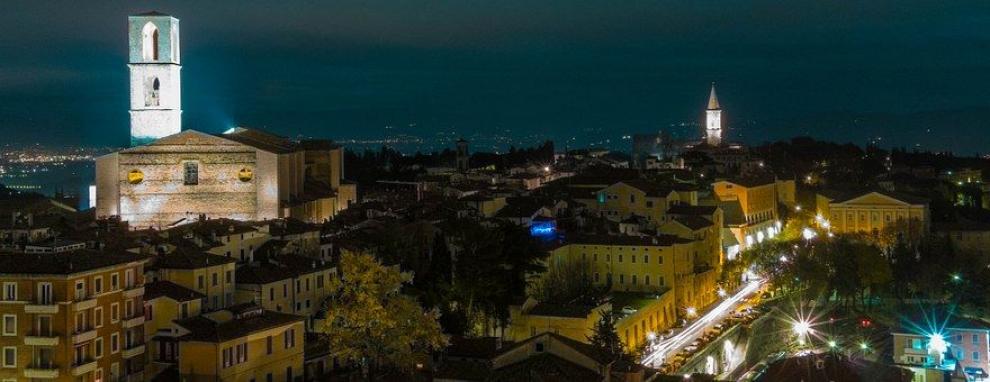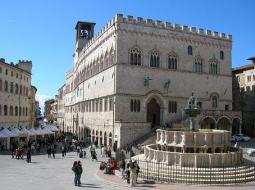Thessaloniki gets ready for its metro launch in November
The underground rapid transit lines have been under construction for almost two decades due to various project delays
 TheMayor.EU logo
TheMayor.EU logo 
The history of Perugia goes back to the Etruscan period. The city was one of the main Etruscan cities.
In 1797, Perugia was conquered by French troops. IN 1798, the Tiberina Republic was formed, with Perugia as capital, and the French tricolour as flag. In 1799, the Tiberina Republic merged to the Roman Republic.
In 1832, 1838 and 1854, Perugia was hit by earthquakes. Following the collapse of the Roman Republic of 1848-49, when the Rocca was in part demolished, it was seized in May 1849 by the Austrians. In 1859 the inhabitants rebelled against the authority of the Pope and established a provisional government, but the insurrection was quashed bloodily by Pius IX`s troops. In 1860 the city was united finally, along with the rest of Umbria, as part of the Kingdom of Italy. During World War II the city suffered minor damage and was liberated by the British 8th army on 20 June 1944.
Source: Wikipedia
Perugia is the capital city of both the region of Umbria in central Italy and the province of Perugia. The city is located about 164 kilometres north of Rome and 148 km south-east of Florence. It covers a high hilltop and part of the valleys around the area. The region of Umbria is bordered by Tuscany, Lazio and Marche. The population of Perugia is around 170 000 inhabitants.
Perugia has become famous for chocolate, mostly because of a single firm, Perugina, whose Baci (kisses) are widely exported. Perugian chocolate is very popular in Italy. The company's plant located in San Sisto (Perugia) is the largest of Nestlé's nine sites in Italy. The city hosts a chocolate festival every October.
Perugia today hosts two main universities, the ancient Universita degli Studi and the Foreigners University. Other educational institutions are the Perugia Fine Arts Academy "Pietro Vannucci", the Perugia Music Conservatory for the study of classical music, and the RAI Public Broadcasting School of Radio-Television Journalism. The Università dei Sapori (University of Tastes), a National centre for Vocational Education and Training in Food, is located in the city as well.
Source: Wikipedia

Perugia is a well-known cultural and artistic centre of Italy. The city hosts multiple annual festivals and events, e.g., the Eurochocolate Festival (October), the Umbria Jazz Festival (July), and the International Journalism Festival (in April). The city is associated with multiple notable people in the arts.
Perugia has had a rich tradition of art and artists. The High Renaissance painter Pietro Perugino created some of his masterpieces in the Perugia area. The other High Resaissance master Raphael was also active in Perugia and painted his famous Oddi Altar there in 1502-04. Today, the Galleria Nazionale dell`Umbria in Perugia houses a number of masterpieces, including the Madonna with Child and six Angels, which represents the Renaissance Marian art of Duccio.
Source: Wikipedia
Address: Piaggia Di Ferro Di Cavallo, PG 06127 Perugia